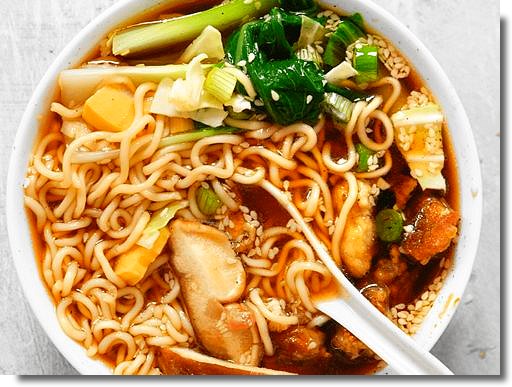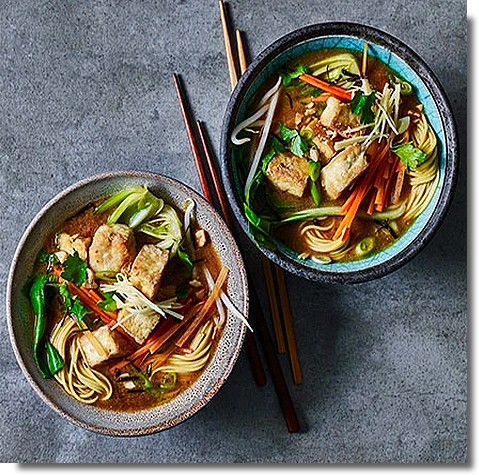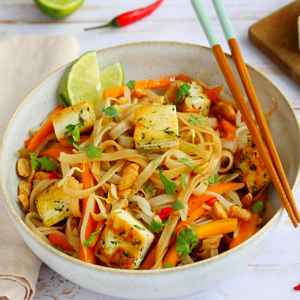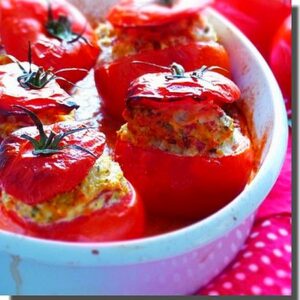Ramen are Chinese noodles introduced to Japan in the early 20th century. After the Second World War, ramen was popularized by street stands. They offered a hot, filling and economical dish for working people. The Japanese queue up to enjoy this dish in the best specialist restaurants, the ramen-ya. It’s common for these establishments to have their own jealously guarded formula. The ramen dish is so popular that a museum is dedicated to it, as well as numerous television programs. 
Enjoy your ramen dish
Like everywhere else, there are conventions in Japan. One of them is to suck loudly on your noodles. It’s proof that the dish is appreciated. It’s also a good way to cool it down, as ramen should be served piping hot. The custom is to bring all the components of the meal at the same time. Hot and cold are alternated, to everyone’s taste. Eating this dish after a hard day’s work or effort is comforting in every way. To learn how to enjoy ramen in the right way, the advice of a Japanese master chef is invaluable. Start by observing the bowl as a whole and smelling the aromas that emanate from it. Finally, eat the various ingredients one after the other, savouring every mouthful. Broth is drunk in small sips over the course of a meal.




